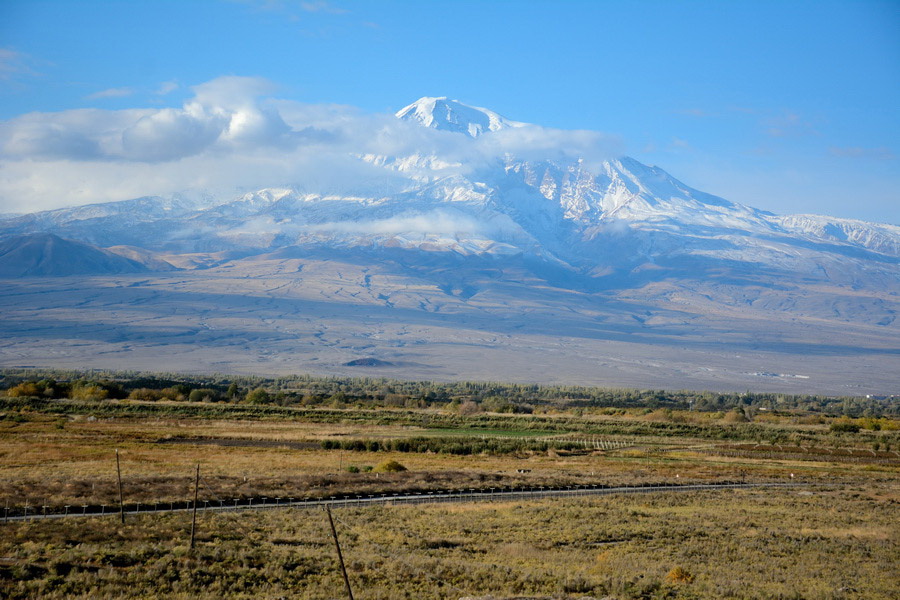
Mount Ararat, which is located in present-day Turkey near the Armenian border, is known and recognized around the world, yet few people are aware of the origins of its name.
Thankfully, ancient texts written in regional historical languages give us a helpful understanding of the meaning of Mount Ararat:
Hebrew
The name "Ararat" was first mentioned in the Bible in the 7th century BC, where it is referred to as the mountain where Noah's Ark came to rest after the Flood. (Mount Ararat, at a height of over 5100 meters, is the tallest peak in the region.) According to the Old Testament, which was written in Hebrew, as the floodwaters receded Noah's ark landed “in the seventh month, on the seventeenth day of the month, on the Mount of Ararat” (Genesis chapter 8). The name of the Kingdom of Ararat (Urartu) is used in the text, and Mount Ararat is now commonly associated with Noah’s Ark.
Assyrian
In addition to the reference to Mount Ararat in the Bible, Assyrian texts similarly state that the meaning of Mount Ararat comes from the Assyrian name for the state of Urartu, which was located at the foot of the mountain from the 6th-9th centuries BC.
Babylonian
There is a Babylonian story which ties Mount Ararat with Armenia, which has long regarded the mountain as a national symbol. According to legend, the Armenian king Ara rejected the love of the Babylonian queen Semiramis. The enraged queen sent her army against the king, and during the battle Ara was mortally wounded. He was taken to the queen and died in her palace. The queen decided to bury the body of the king at the foot of a mountain, and that picturesque peak began to be called Ararat soon thereafter.

